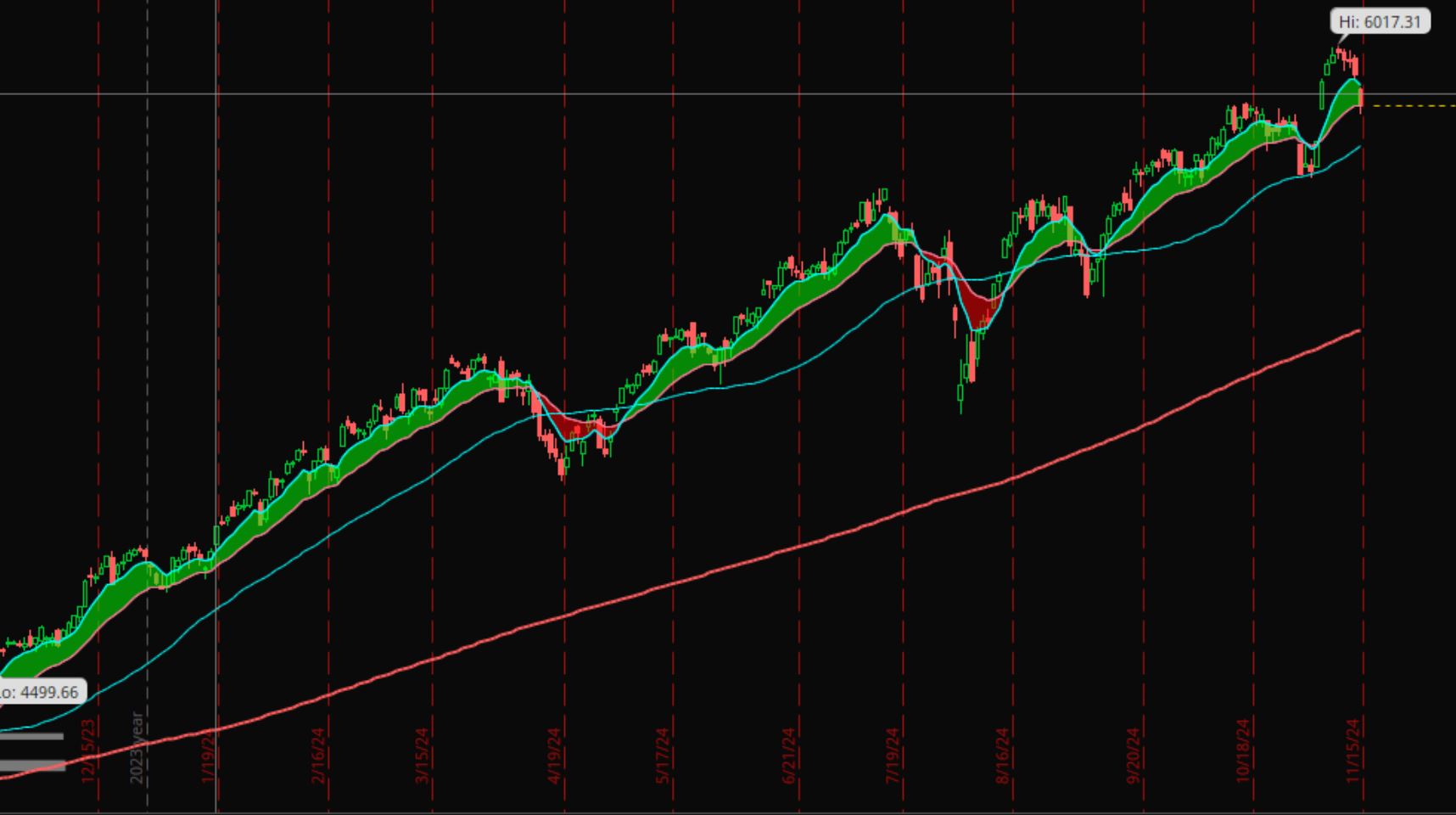Long-term investing requires patience, discipline, and a sound understanding of the principles that lead to sustained success. In this chapter, we will explore the foundational concepts of long-term investing and the strategies needed to build a robust portfolio.
Invest in Companies Below Intrinsic Value
A key principle of successful investing is to buy shares of quality companies at a price below their intrinsic value. Intrinsic value represents the true worth of a business based on its fundamentals rather than its market price. Buying below this value provides a margin of safety, protecting you from potential market fluctuations and overestimations of a company’s worth.
How to Determine Intrinsic Value
While there are many methods to calculate intrinsic value, one of the most reliable is the Discounted Cash Flow (DCF) model. This approach estimates a company’s future cash flows and discounts them back to their present value using a rate like the Weighted Average Cost of Capital (WACC) or Capital Asset Pricing Model (CAPM).
WACC: Accounts for the cost of equity and debt, offering a balanced view of the company’s overall risk and return.
CAPM: Focuses on the expected return of an investment, accounting for market volatility.
Resources for Valuation
Although intrinsic value calculations can be complex, tools like ours offer reliable analyses. Other sources, such as financial statements and earnings reports, can supplement your understanding, but it’s essential to rely on trusted and accurate resources.
Why PE Ratios Are Not Enough
The Price-to-Earnings (PE) ratio is a popular valuation metric but should not be the sole factor in your decision-making. It can be misleading due to:
- Variations in industry standards.
- Fluctuations in earnings due to temporary factors.
- Lack of consideration for future growth potential.
Build a Safety Net
Investing always carries risks. A safety net ensures you’re prepared for unexpected events. This includes:
Margin of Safety: Buying at a significant discount to intrinsic value.
Emergency Fund: Having enough savings to cover at least 6 months of expenses before investing.
Dollar-Cost Averaging (DCA) vs. Lump-Sum Investing
When purchasing shares, investors often face the dilemma of whether to invest all at once or spread their purchases over time. Each method has its advantages:
DCA: Reduces the impact of market volatility by investing fixed amounts at regular intervals. This approach is ideal for risk-averse investors.
Lump-Sum Investing: Historically provides higher returns if the market trends upwards, as your money is invested sooner. However, it requires confidence in the market’s direction and the stock’s intrinsic value.
Diversification
Diversification is a key principle of risk management. By spreading your investments across different sectors, industries, and even geographies, you reduce the likelihood that a downturn in one area will significantly impact your overall portfolio.
Why Diversification Works: Different sectors react differently to economic conditions. For instance, technology stocks may thrive during periods of innovation, while consumer staples perform well during economic slowdowns.
How to Diversify: Build a portfolio of 10–20 high-quality stocks across various industries. Consider including international companies to further hedge against domestic market risks.
However, over-diversification can dilute returns, so focus on owning quality businesses rather than seeking an arbitrary number of stocks.
Long-Term Focus
A long-term perspective is essential for navigating the ups and downs of the stock market. Short-term volatility can lead to emotional decisions that harm your portfolio. By focusing on the big picture, you can benefit from the market’s overall growth trend.
Patience Pays: History shows that markets recover from corrections and recessions. Holding high-quality companies through downturns often leads to significant rewards.
Avoid Reacting to Headlines: The news cycle can amplify fear and greed. Stick to your strategy, focusing on fundamentals rather than daily fluctuations.
Emotional Discipline
Long-term investing isn’t just about numbers—it’s about managing emotions. Greed can lead to overpaying for stocks, while fear can cause panic selling during downturns.
Control Your Emotions: Have a plan and stick to it, regardless of market conditions.
Revisit Your Research: When markets dip, reassess the fundamentals of your holdings. If the company remains strong, consider it a buying opportunity.
Summary
The principles of long-term investing—buying below intrinsic value, building a safety net, diversifying, and maintaining a long-term focus—form the foundation of successful wealth-building. By using reliable valuation methods like discounted cash flow and staying disciplined in your approach, you can navigate the complexities of the stock market with confidence.
In the next chapter, we’ll dive deeper into understanding the dynamics of the stock market, including how to identify opportunities during downturns and the importance of timing in investment decisions.












Leave a Reply